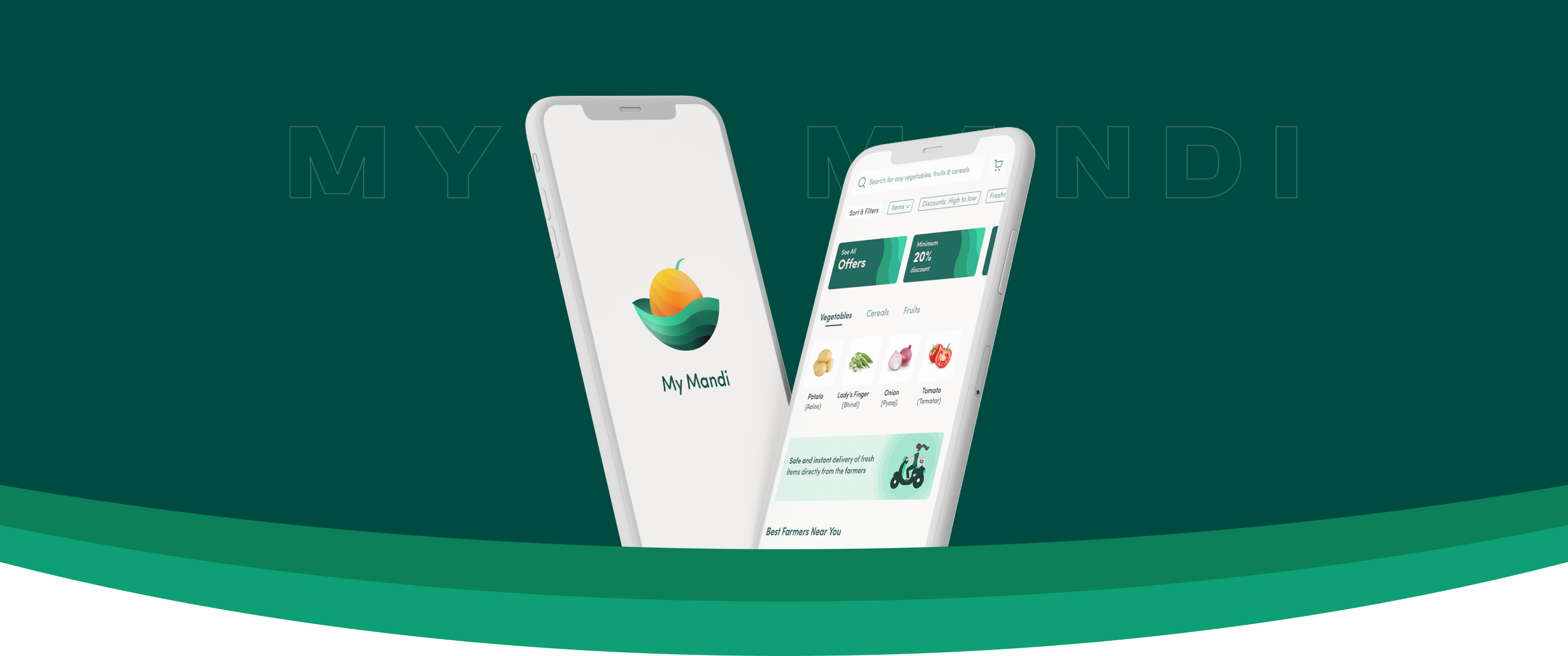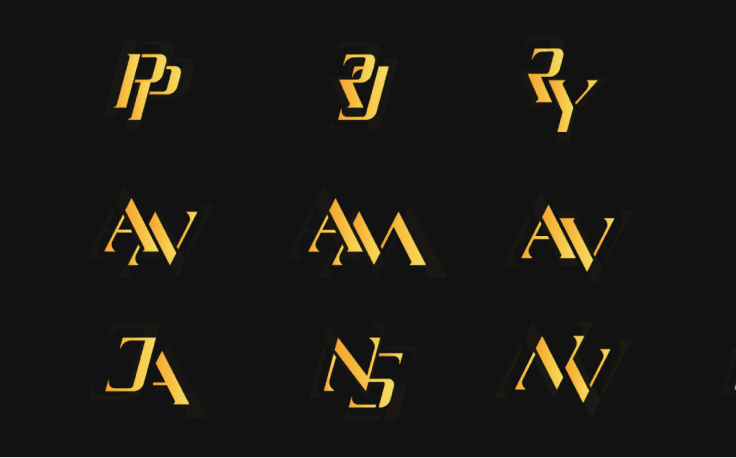Problem Area
In March 2020, Covid-19 hit India, and the cases started rising. After looking at the situation, the Indian Govt decided to impose the lockdown throughout the nation. It affected the market on a vast scale, and GDP also dropped. Farmers are the backbone of our economic growth. Around 60% rural Indian households making their living from agriculture and contributing 19.9% to the GDP of India. So, What about farmers and their markets? Also, it was not safe for the consumers to go out and get vegetables, fruits & cereals on the consumer side.

Research
We decided to conduct the primary and secondary research. We began with the preliminary research by going through various articles and authentic research papers to get the overview of agriculture chain and how it got affected due to Covid-19. This helped me in formulating the research questions needed to get a deeper context of the current situation.
Understanding the current agriculture chain
We analyzed the role and contribution of each stakeholder in the current agriculture chain by going through research papers and talking to farmers
Understanding farmers
We comprehended the farmer’s procedure of selling their goods before covid-19 and how they are coping up with the Covid-19 restrictions to sell their goods.
Understanding consumers
We talked to various consumers who used to buy vegetables through both online and offline process to understand their decision making process while buying vegetables.
Insights
After gathering a lot of data, we analyzed each of them and synthesized them to articulate our insights. These insights would further act as a source of opportunity areas for us.
1
The middleman in the supply chain process dominates the process leaving only a tiny fraction of the profit for the farmers.
2
In Mandi/Marketplace, the consumers have a lot of parameters to choose the vegetables or fruits. These parameters include texture, size, color, and even smell.
3
Consumers love to bargain and it’s convenient for them to do it in an open marketplace which is not possible during the online purchase.
4
When the consumers like the particular vendor’s/farmer’s items, then they prefer and praise them over others. This lead to mouth-to-mouth publicity within the network.
5
To gain popularity and loyalty, some vendors/farmers often give small amounts of vegetables like lemon and green chilies free to the consumers. This develops a feeling of joy among the consumers.
6
Consumers generally make a list of items by recalling all they need, but due to so many options available in the mandi, they sometimes end up buying the things not present on their list.
7
Some vendors/farmers are taking the orders by making a group on messaging app like WhatsApp to deal with the crisis.
8
Consumers are moving to online platforms for buying various goods like clothes, groceries, fruits and vegetables as they don’t have any other option.
Design Challenges
After gathering a lot of data, we analyzed each of them and synthesized them to articulate our insights. These insights would further act as a source of opportunity areas for us.

How to provide the various options to the consumers?
We give our customers the option to choose from multiple farmers because farmers grow on average 2-3 crops in India.

How to provide these goods to consumers?
We took inspiration from the Dabbawala System of Mumbai, India, and tried to replicate it with minor changes to create the network among the suppliers. The dabbawala has an intricate system of multiple stops where the order is divided according to the address. Though they treat their work as religion and would be hard to replicate the same feeling, suppliers from different locations can come to a common place and exchange the goods for a common location.

How to deliver fresh vegetables and fruits to the consumers?
From our analysis, we knew that consumers look for fresh items so that they could use them in their coming lunch or dinner. So, we decided rather than making the delivery 24X7, we can select time in such a fashion that they can get the fresh items before dinner or before lunch as per their choice.

How to build trust among the consumers?
There are 2 broader issues: Freshness & Trust. So, we decided to mention the explicit time and date of plugging the vegetables and fruits. This would generally be the time when the farmers put images of their goods on the app. There are chances that farmers might put a good image and sell old items then the consumers have the option to give feedback which would decrease its review and rating.
Ideation
We came up with a flow diagram of how the solution of our design problem would look like.


Wireframes
Based on our research, we started thinking of various solutions to tackle each problem and how they could align with human needs. Then we created various sketches of wireframes, and then I refined those sketches in Figma and decided on a design system and its subsequent patterns.
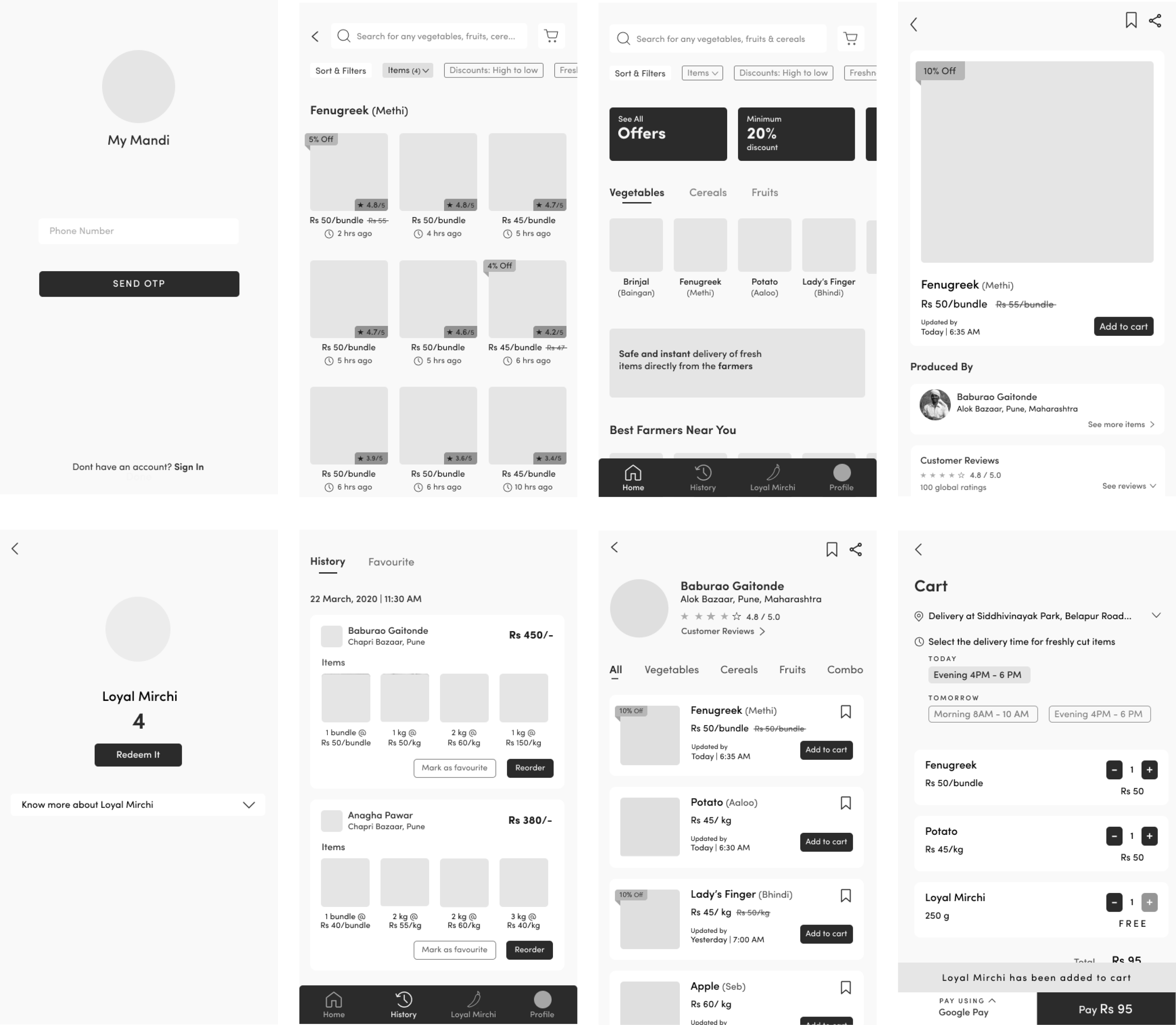
Visual Design System
We wanted to define and document a design system to maintain consistent and coherent visual throughout the application
Typography and Color

Grid System
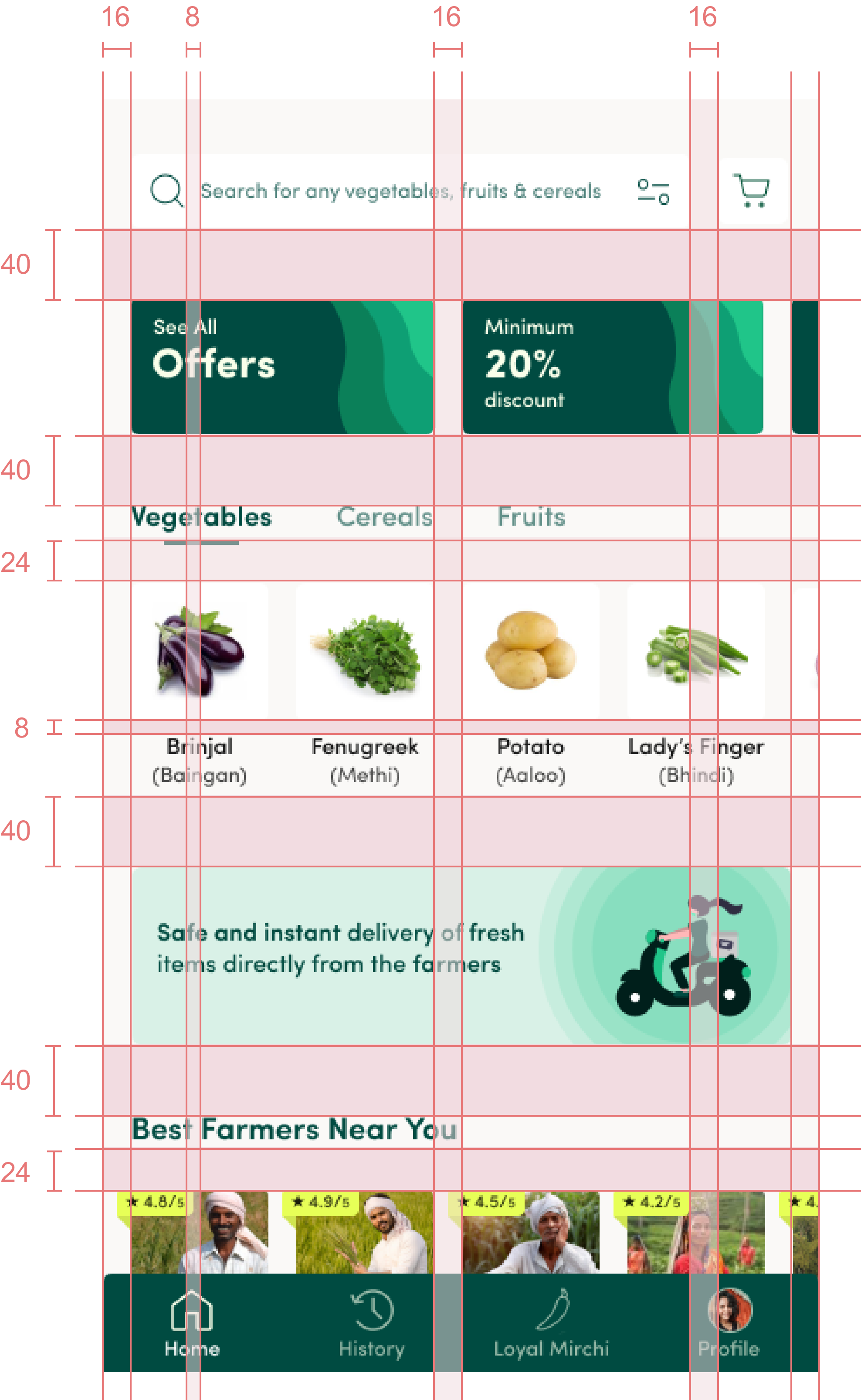
MyMandi Logo
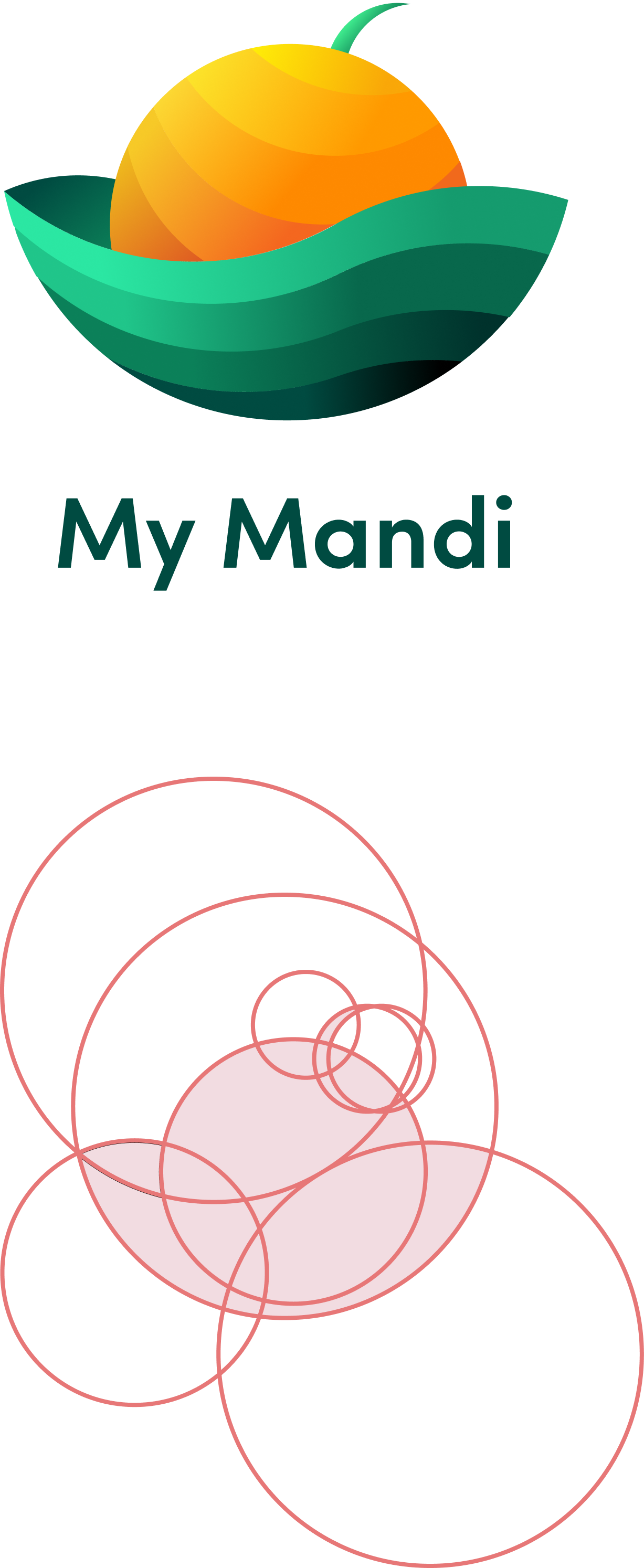
Design Solution
Onboarding of Consumers
Using their phone number and location as the starting inputs. When they land at home, they can select the two languages to recognize vegetables, fruits, and cereals apart from their images.
Understanding the current agriculture chain
We analyzed the role and contribution of each stakeholder in the current agriculture chain by going through research papers and talking to farmers
Understanding the current agriculture chain
We analyzed the role and contribution of each stakeholder in the current agriculture chain by going through research papers and talking to farmers
Understanding the current agriculture chain
We analyzed the role and contribution of each stakeholder in the current agriculture chain by going through research papers and talking to farmers
